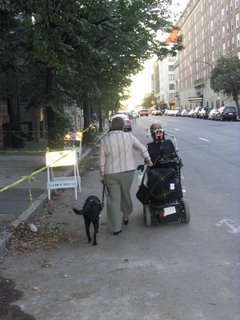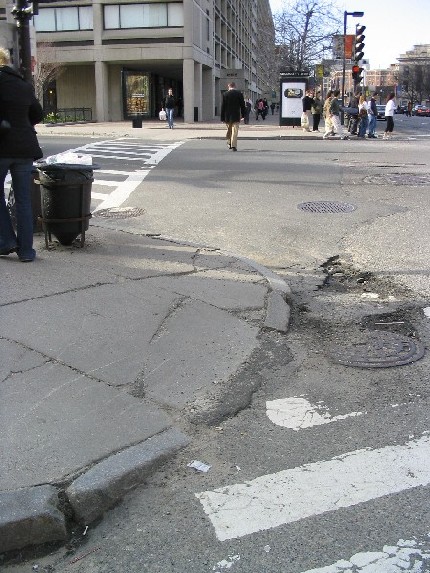Examination of Built & Social Environment (Research Project 3)

Project Director: Philippa Clarke
![]()
To date, there has been little research on environmental factors to guide interventions and treatments to improve the health of persons aging with long-term physical disabilities. This project will begin to fill this gap in knowledge by examining the role of characteristics in the social and built environment as they interact with underlying impairments and activity limitations to either hinder or promote the full participation of individuals with physical disabilities in society. We will build off Project 1 by linking multiple dimensions of the built and social environment to the health trajectories of individuals in the combined Medicare and Medicaid Data file over a period of 10 years (2007-2016).

We focus on those neighborhood characteristics hypothesized to be related to healthy aging with physical disability, including the density of recreational centers, public transportation, and neighborhood socioeconomic indicators. We examine indicators of neighborhood safety (based on local crime statistics), since fear of crime may discourage individuals from fully accessing resources in their neighborhood. Based on our previous work which showed that snow and ice keep older adults homebound (Philippa J. Clarke et al., 2015), we will also include measures of average temperature and precipitation. Measures of street connectivity tap the connected routes within communities, which may facilitate access to social and physical resources. In addition, socioeconomic disadvantage, racial residential segregation, home foreclosure rates, and low employment opportunities, capture the social environment.

We hypothesize that, all other factors being equal, adults aging with physical disabilities in safe, accessible environments with more social and physical resources will experience fewer hospitalizations and decreased mortality compared to those living in areas with fewer resources. Results from this project at the exploratory and discovery stage of research will inform the intervention stages with evidence-based knowledge on the person-environment fit.
All the neighborhood built and social environment data has been made available to the larger research and user community through ICPSR (data sharing core). Visit ICPSR's National Neighborhood Data Archive (NaNDA) page for more information.
